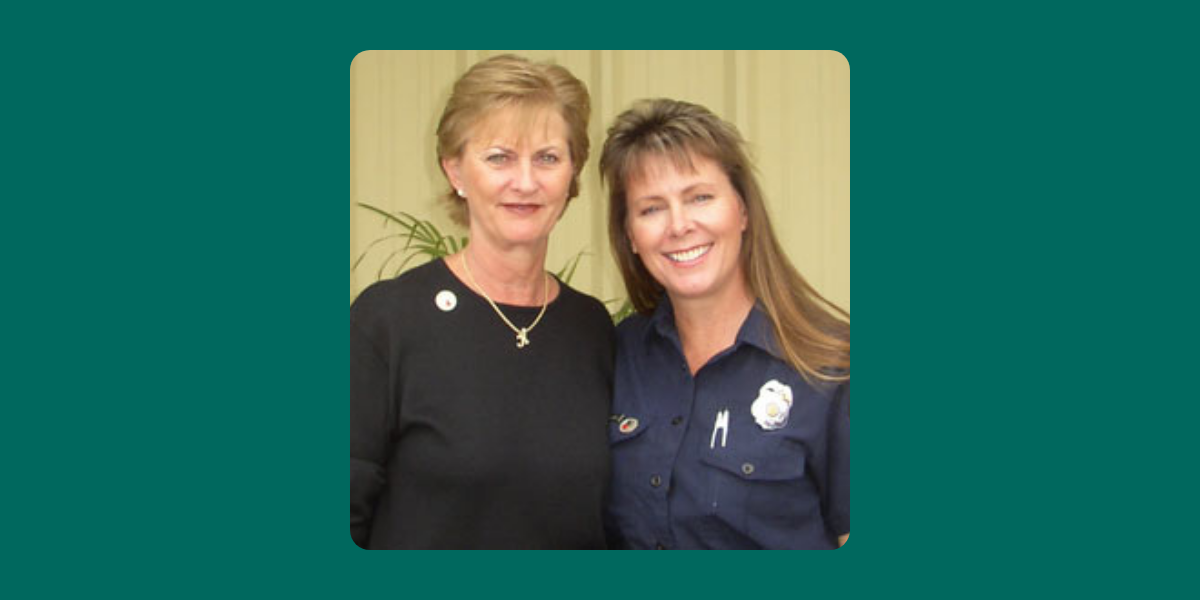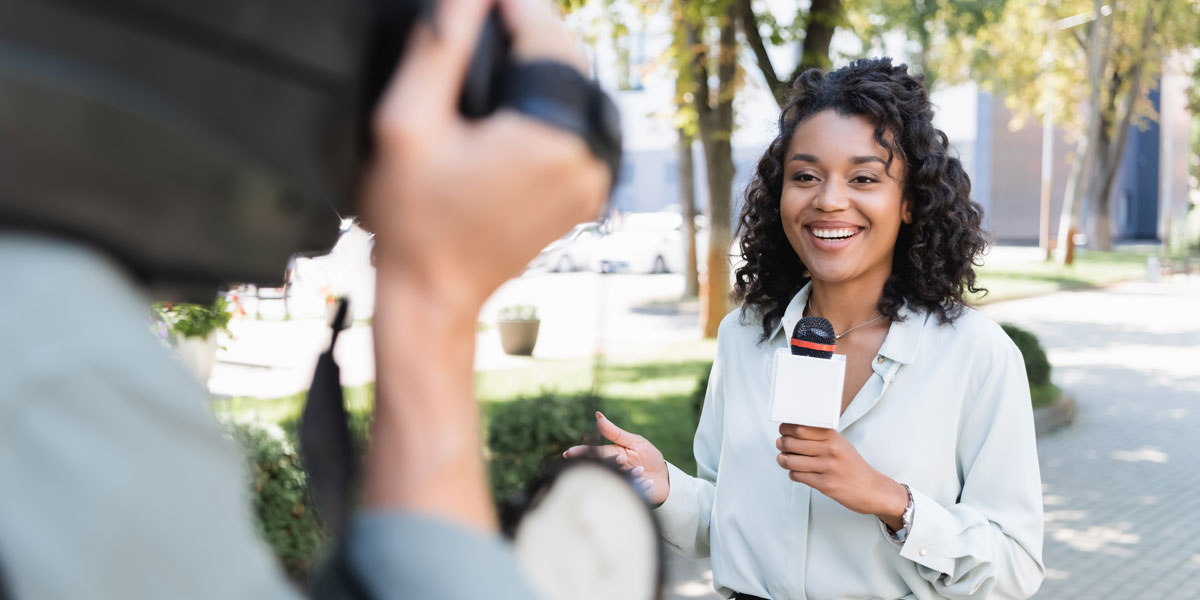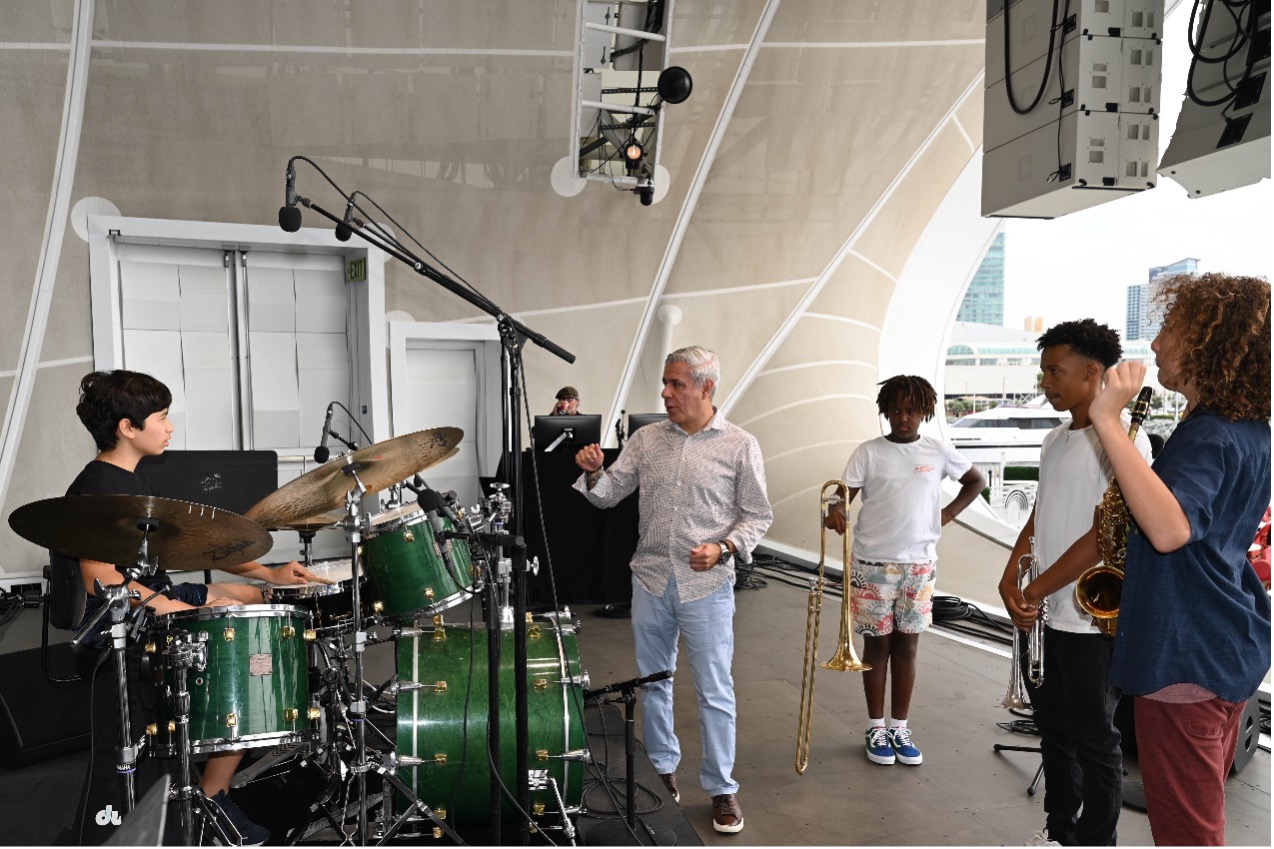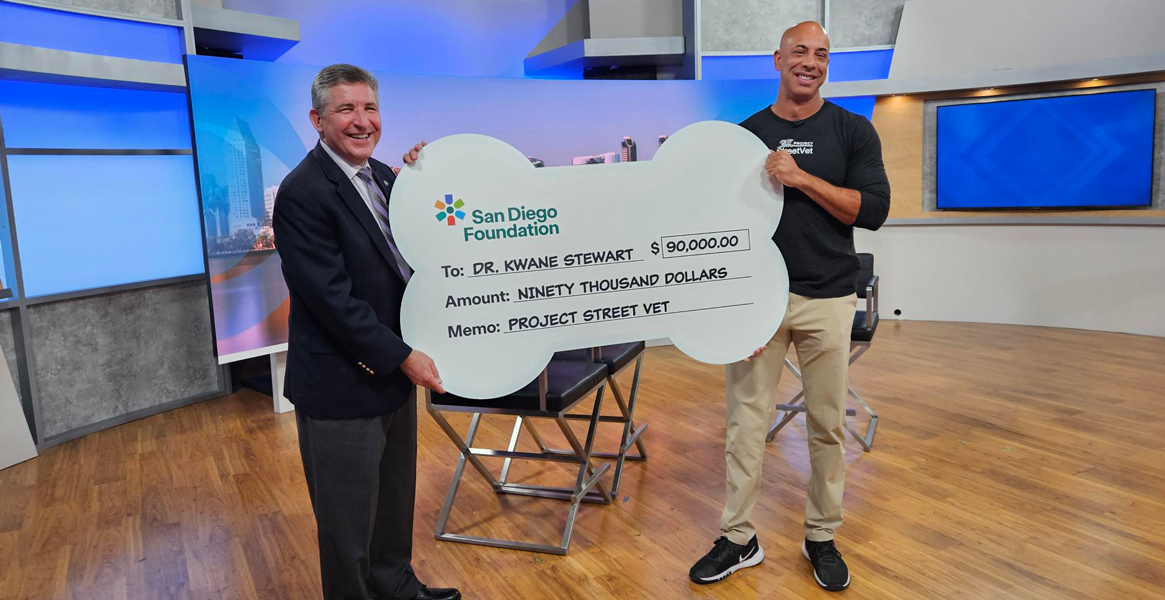Throughout the last two decades, San Diego Project Heart Beat has placed nearly 10,000 Automatic External Defibrillators (AEDs) and saved nearly 200 lives throughout the city and county of San Diego.
In honor of Project Heart Beat’s 20th anniversary today, consider a tax-deductible donation to support AED awareness, education and access across the region.
Click here to contribute to San Diego Project Heart Beat.
Originally published February 28, 2018.
Karen McElliott is living proof that there is hope to be found amid even the worst tragedies.
In 1999, Karen’s husband Ron McElliott collapsed unexpectedly at the finish line of a 10K running race in Chula Vista. While medical support was supposed to be available, the ambulance on site had just been called to a non-emergency event, taking its life-saving automated external defibrillator (AED) with it.
Tragically, CPR efforts by fellow racers were unsuccessful and Ron passed away from cardiac arrest.
In the months and years following, his family and the community mourned the loss of Ron. In that time, public awareness and education also grew about cardiac arrest.
As Karen, philanthropist with The San Diego Foundation, described, “When Ron passed away, no one really knew much about cardiac arrest, or its difference from a heart attack. It wasn’t until later we learned that having an AED on site could have saved Ron’s life.”
San Diego Project Heart Beat
As fate would have it, the City of San Diego was interested in starting a public defibrillator program around the same time. Public officials, healthcare professionals and community leaders in San Diego knew that if they could get more AEDs out into the community, fewer individuals would have to die from cardiac arrest.
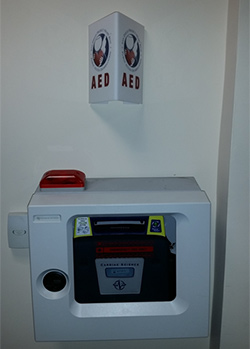
Automated external defibrillators (AEDs) have helped fewer San Diegans die from cardiac arrest.
And so began the creation of San Diego Project Heart Beat, a city program that partners with the County of San Diego and other agencies to make AEDs as accessible as fire extinguishers throughout the region to save lives through early defibrillation.
“When we first started, I had no idea what the impact would be,” recalled Karen. “I just knew that if there had been an AED at the race in 1999, my husband would have been saved. I didn’t want others to go through that same loss.”
When Project Heart Beat kicked off, most AEDs in San Diego were only found in ambulances and at local healthcare facilities. Through Karen’s support and the work of numerous other community leaders, that quickly changed.
Karen and San Diego leaders visited schools, community centers and businesses educating residents about cardiac arrest, and encouraging people to place AEDs in their buildings.
AED Life-Saving Efforts
One of the first locations Karen and her team worked at was Carlsbad Unified School District. After meeting with administrators, Project Heart Beat helped install an AED in every high school, middle school and elementary school in the district. Approximately six years ago, that work paid off. One of those AEDs helped save the life of an 11-year old girl at Hope Elementary in Carlsbad.
“When the initiative first started, our goal was to increase the survival rate among cardiac arrest patients in San Diego,” shared Maureen O’Connor, Program Manager for San Diego Project Heart Beat.
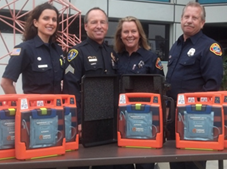
San Diego Project Heart Beat works to make AEDs accessible region-wide.
Today, Project Heart Beat can count 164 lives that have been saved due to its placement of thousands of AEDs throughout San Diego.
Ron’s legacy lives on through those individuals, as well as their families and friends who do not have to experience the same loss that Karen and her family did.
“Fate brought me to Project Heart Beat after the tragic events in 1999,” shared Karen. “I am proud to be part of its growth and the life-saving efforts of everyone involved.”
Nearly two decades after Ron’s passing, you will still find Karen out in the community educating people about cardiac arrest and working to save as many lives as possible.
